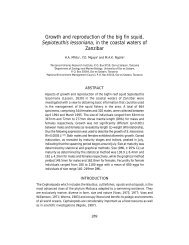gpa_east_africa_case.. - GRID Africa GeoPortal - UNEP
gpa_east_africa_case.. - GRID Africa GeoPortal - UNEP
gpa_east_africa_case.. - GRID Africa GeoPortal - UNEP
Create successful ePaper yourself
Turn your PDF publications into a flip-book with our unique Google optimized e-Paper software.
CHAPTER 3. ACTION PROGRAMME INPUTS3.1 IntroductionIt is difficult to generalise from specific Case Studies that relate to particular city contextsabout the broader contributions of the Cost-Benefit approach to environmental management.It is useful however to attempt to point to some salient broad conclusions and suggestguidelines for the incorporation of key elements of environmental economics in the design ofregional Action Programmes.The outputs of CBA Case Studies can be assessed on two levels: There are the data andnumerical issues, and there are questions about the approach of CBA to environmentalproblems. The “arithmetic” of CBA is complex and full of choices concerning the best use ofavailable data. In reality all CBA is constrained by data limitations that affect the accuracy theresults. There is no good-for-all CBA because data collection is costly in time and resourcesand, interestingly enough, it is itself subject to cost-benefit analysis to decide if the extra effortto improve the quality of data is worth the cost. The second issues of the approach is morechallenging and central to the concerns for improving the tools for coastal zone managementand sustainable development.This section will address two related themes:• First, to put forward conclusions about the merits and limitations of the Case Studies andsuggestions for future work, and• Second, to draw together outline guidelines as contributions to the Action ProgrammeFramework.3.2 Case Studies: Merits and LimitationsThe three Case Studies concern areas with common and diverse environmental, economicand social conditions. All three have a strong common focus on the evaluation of sewageimpacts and the benefits of addressing them with capital-intensive sewerage infrastructure.There are broader pollution management issues that transcend sewerage infrastructureinvestment; Effective pollution management calls for much more than the core interventions ofbuilding and operating sewerage infrastructure entailing integrated coastal zone managementcapacities geared towards sustainable development. Implementation of sewerage strategiesare a part of Coastal Zone Management comprising institutional, legal and financialresponses that are implemented according to national priorities. It is misleading to draw asharp distinction between sewerage strategies and coastal zone management strategies,because that implies separate evaluation approaches. Often, evaluation of sewerageinvestments, because of their engineering complexity and financial cost, are approached asisolated projects in engineering and financial terms without sufficient consideration for socioeconomicimpacts and benefits.There is a need to highlight the linkages of sewerage strategies with the wider coastalmanagement process. The Case Studies followed the fundamental principles of the costbenefitmethodological framework despite differences in the engineering designcharacteristics an city profile to show the scope of this approach applied to sewerageinfrastructure, perceived as part of coastal zone management investment. The <strong>case</strong> Studiestherefore share a common focus on the valuation of environmental impacts / benefits basedon a wider definition of value comprising direct use, indirect use and non-use qualitativevalues.A broad comparison of the main characteristics and results of the Case Studies aresummarised below:Final Draft Report – Cost Benefit Case StudiesGPA Strategic Action Plan on Sewage, October, 200056



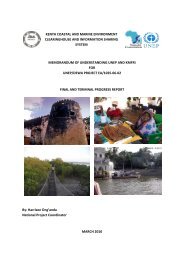
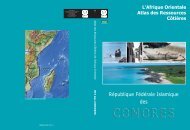
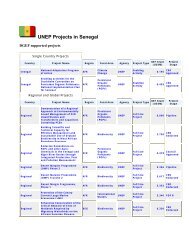

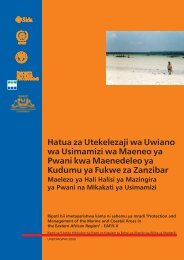
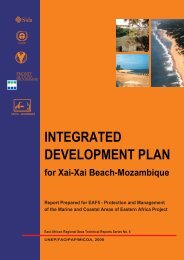
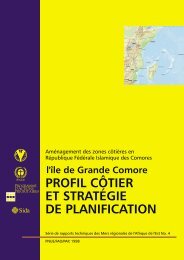
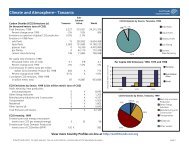

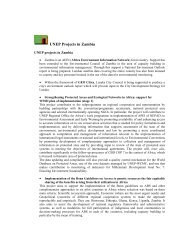
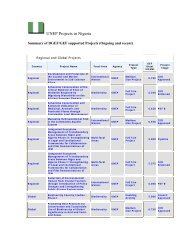
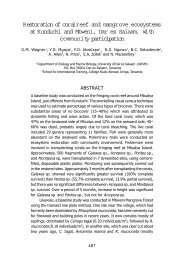
![Please Click to download [English] - GRID Africa GeoPortal - UNEP](https://img.yumpu.com/30633391/1/184x260/please-click-to-download-english-grid-africa-geoportal-unep.jpg?quality=85)
